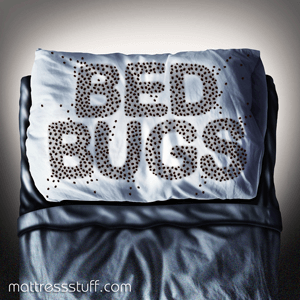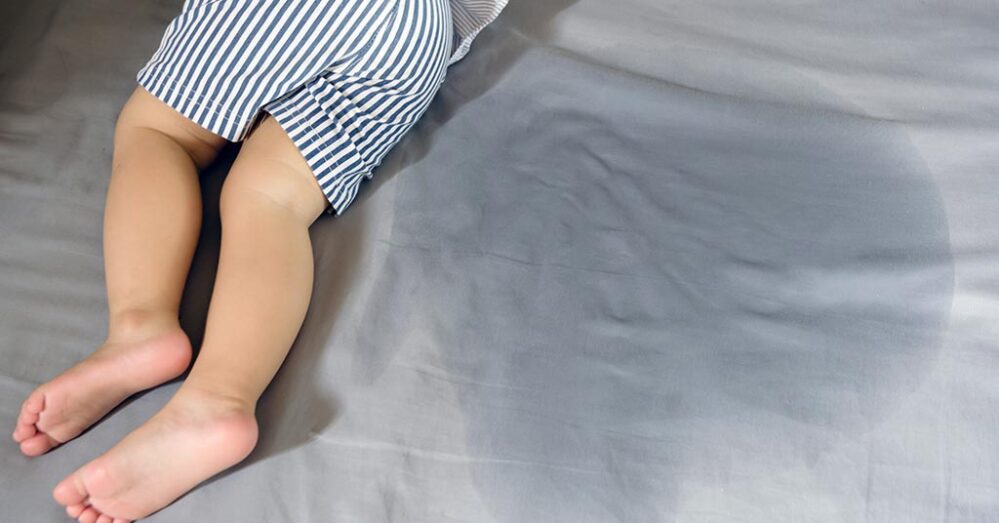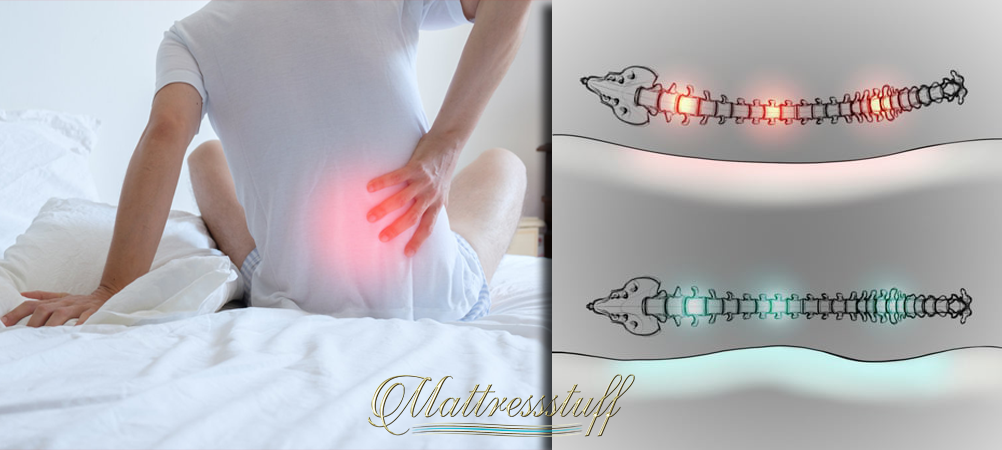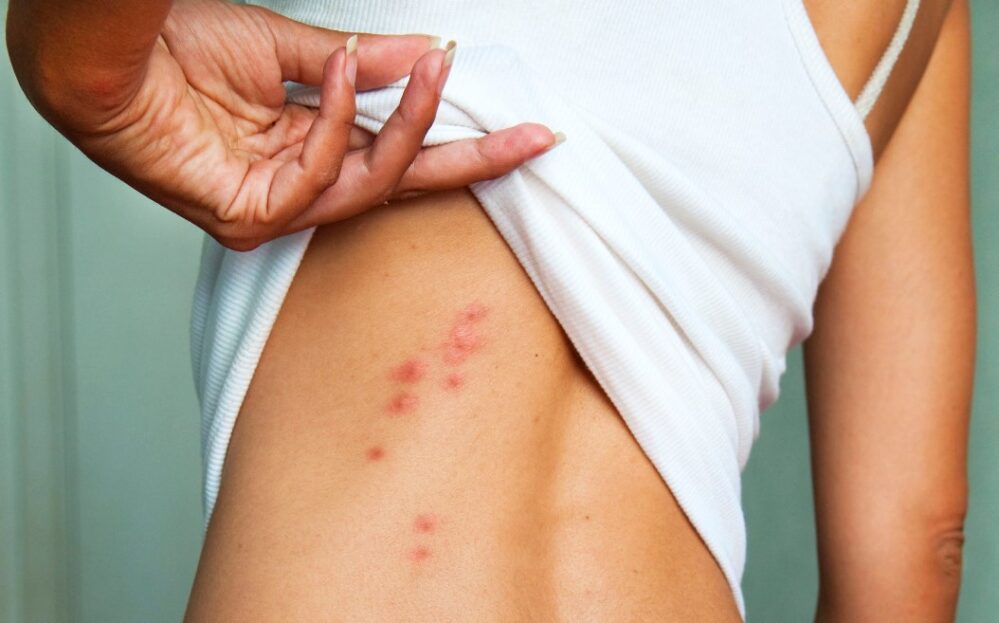
Table of Contents
Some useful information about unwelcome overnight visitors; Bed Bugs! Often talked about and thankfully not seen as often. Generally little is known about this small pest. Bed Bugs have been documented as a pest for over 300 years, since the 17th century.
Normally they are found in dwellings with a very high occupant turnover such as hotels or hostels. Someone who has been in direct contact with them can spread bed bugs. The adults are a brown/reddish oval flattened shape.
Adults bugs are normally 3mm to 5mm long with infant bed bugs being much smaller around 1mm to 2mm long. Thanks to their flat shape they are able to easily hide in cracks and crevasses.
Habits
Bed bugs are nocturnal blood feeders, they hide during the day usually in fabric, wood or paper. Then when dark they go in search of food. They use a barbed spike to dig a hole into the skin repeatedly hammering at the surface.
A nymph (infant bug) will feed for approximately 3 minutes whereas a fully-grown bug can feed for between 10 and 15 minutes then return to their hide. They breed by laying eggs in their hide; that usually the eggs will hatch after 10 to 20 days.
Injury
Research was proven that bed bugs do not carry disease contrary to popular myth. The bite to a human itself is painless at the time. But over time the bite will cause the skin to become irritated and inflamed.
The area will become itchy and a small welt can appear. The itching can last for several days. In some cases an allergic reaction may occur. It is believed that 1 in 10 people show no signs of being bitten.
Signs of Infestation
Sometimes a sweet musty odour from their scent glands may be noticeable, however this is usually only when there is a severe infestation.
Very often noticeable by from the blood stains of crushed bugs on sheets, walls or mattresses. Sometimes eggshells and shed skin can be found in the vicinity of the bed bugs hiding place.
Ways of Preventing
The bed bugs are normally brought in on luggage holders, clothing, bedding or mattresses. Bedding and clothes can be washed in hot water. Thoroughly vacuum all flooring and furniture regularly.
If the issue persists you will need a visit from a professional treatment company. They will treat the infected room(s). This is believed to be the only way to eradicate an infestation completely.
For more comprehensive advice we suggest consulting with a specialist property maintenance services company that can provide pest control or your local council environmental health office.






